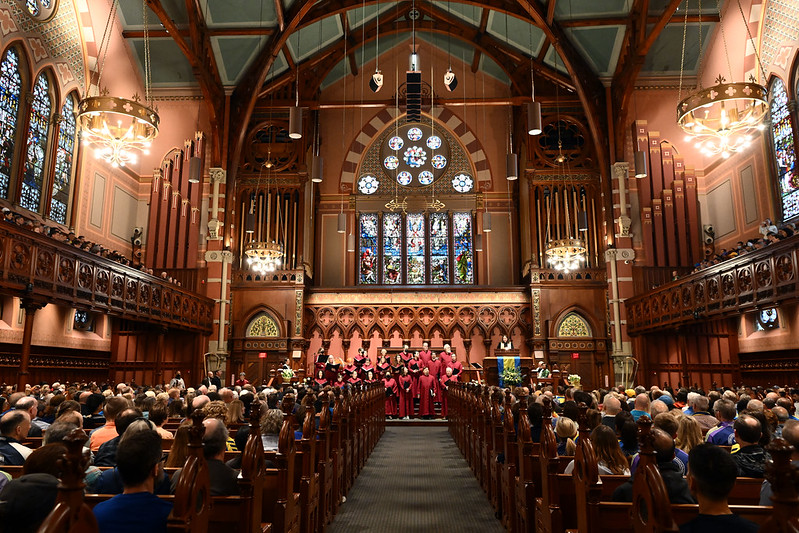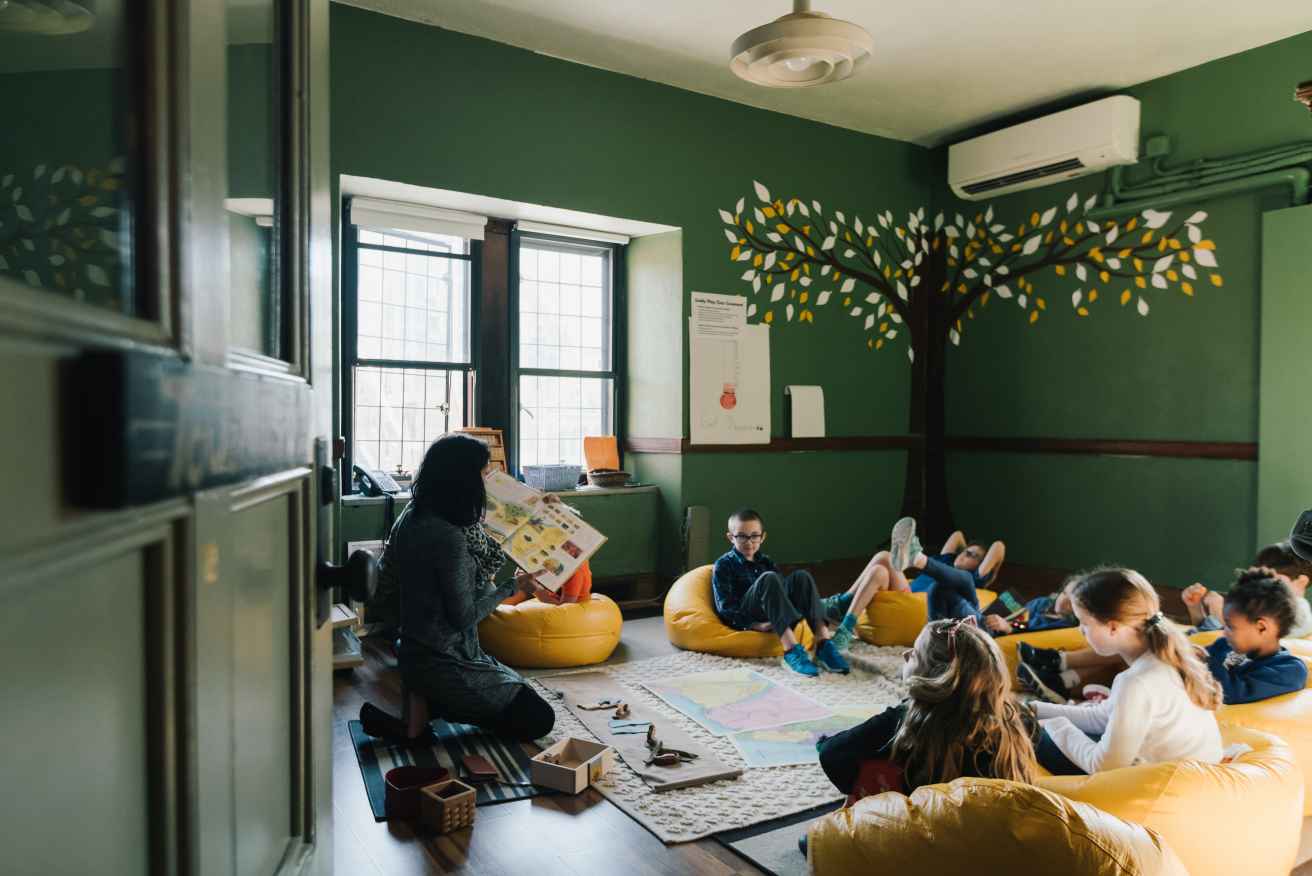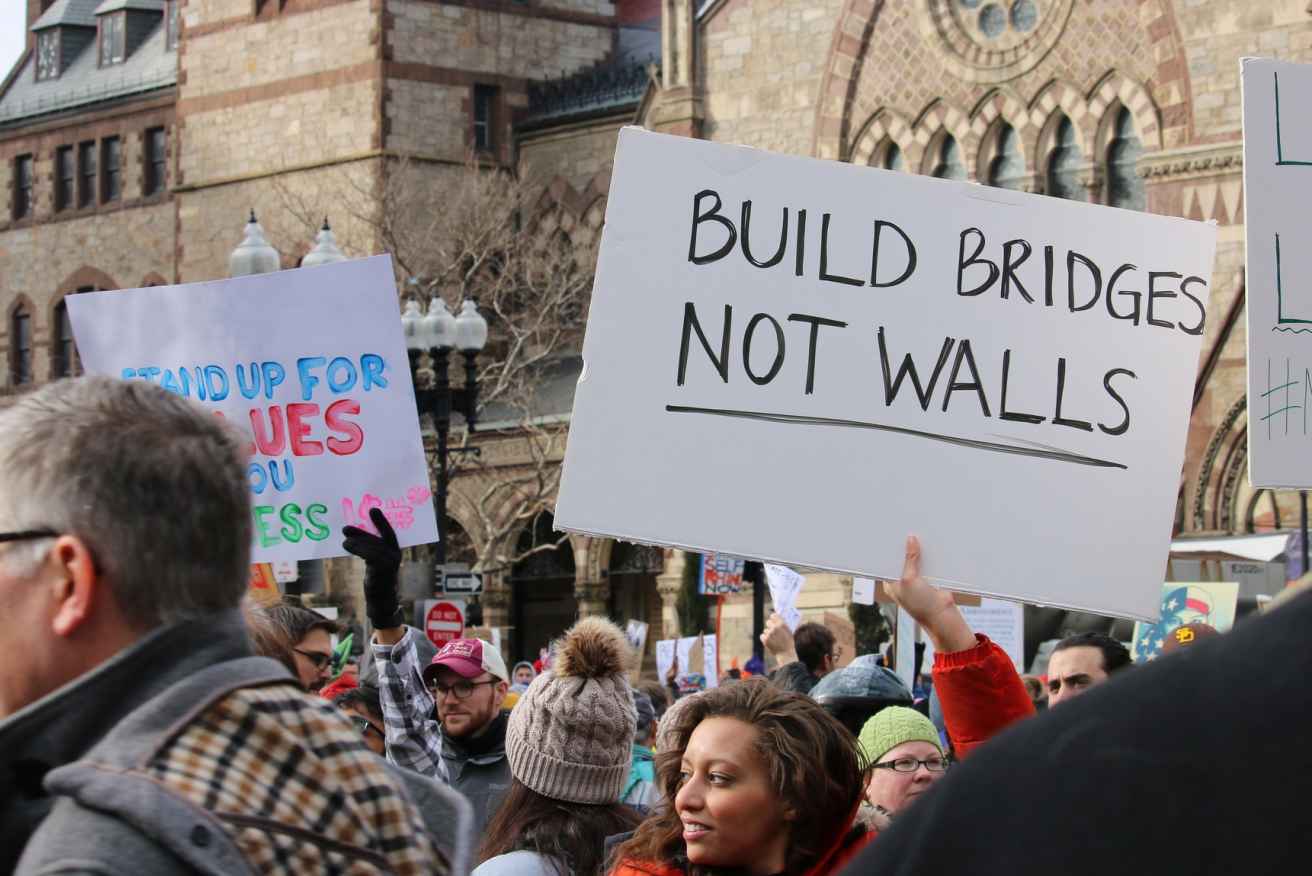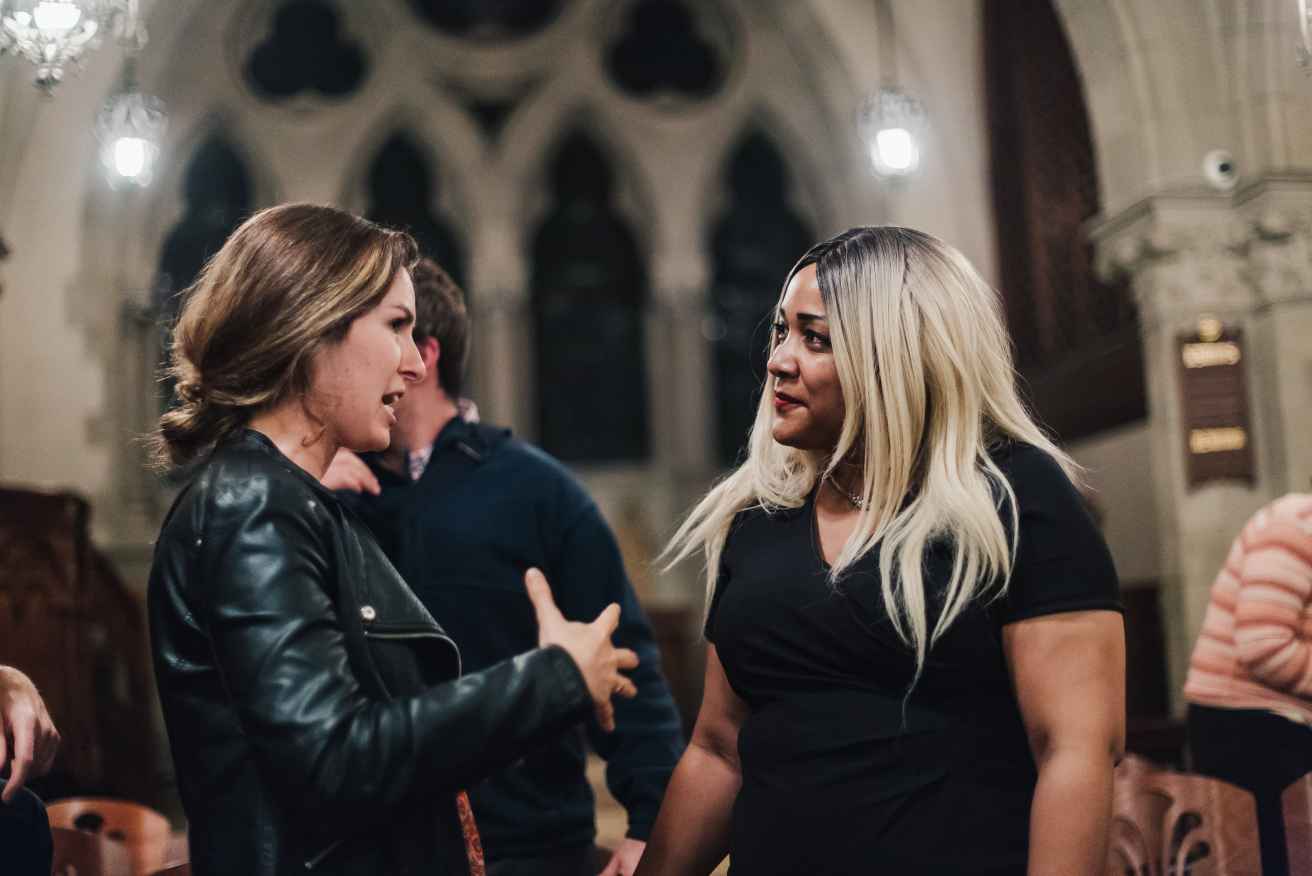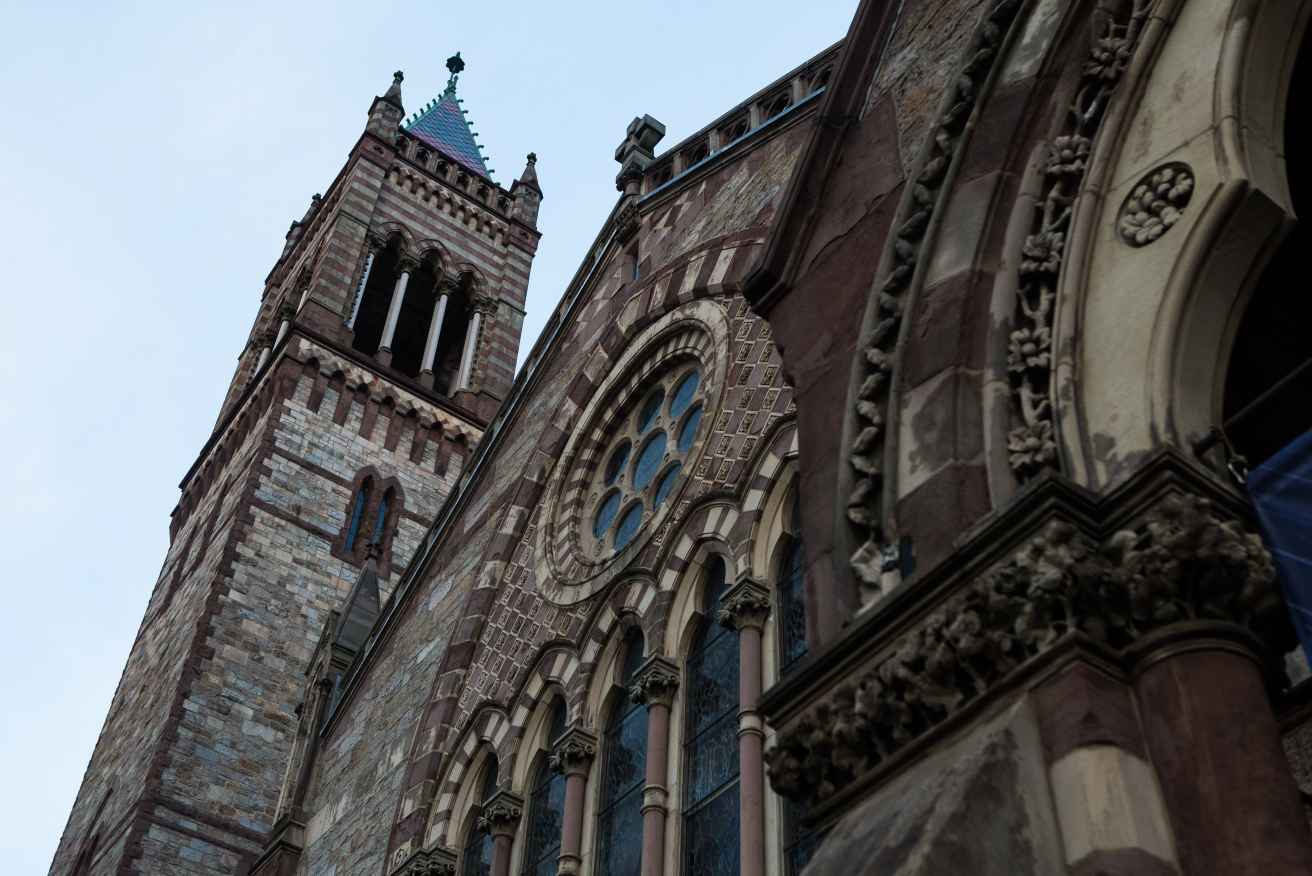Festival Worship - Seventh Sunday after Pentecost
Festival Worship - Seventh Sunday after Pentecost
Missio Dei
Transcript
Will you pray for me? Lord, may the words of my mouth and the meditations of all our hearts be acceptable in your sight, our Rock and our Redeemer. Amen.
Can you picture it? Who knows how long he lay there, unconscious, and vulnerable, and dying? Who knows how many people had passed right by him intent on their business, and not even noticed him lying there? Who knows how long he would have lain there before he finally expired?
Can you picture the one who saw him? Different religion, different homeland, their peoples sharing a mutual distrust that had lasted generations. Can you picture him being picked up and carried to safety? And can you picture what happened then?
The time was the middle 1870s. The place, Sheboygan County, Wisconsin. Professor H. Kurtz, Doctor of Divinity, had walked twelve miles to preach to a new gathering of German immigrants. He began the 12-mile walk back to his home at Mission House College in Plymouth in the middle of a Wisconsin snowstorm. Partway there, he felt tired, and he did just the thing you should never do if you feel tired in a snowstorm. He sat down to rest.
Sometime later, two Winnebago Indians came upon the stranger lying there, asleep and already partially covered by the falling snow and in real danger of freezing to death. They picked him up and carried him on their own backs to where they knew his home must be, at Mission House College. He survived. Does this story sound familiar to you?
When he recovered, Reverend Professor Kurtz vowed in gratitude that he would do everything he could to help the Winnebago. He advocated for a missionary to that people. Money was raised, and one was sent. A church and a school were built. Eventually, Mission House College would split and become two new institutions: Lakeland College and the UCC’s United Theological Seminary, both still going strong. The grandson of the chief that first welcomed the missionaries and their help would eventually become a national leader in the United Church of Christ, the Rev. Mitchell Whiterabbit.1,2
The history of our church’s missions to, and later partnerships with, the Native American tribes of this country is long and varied—and checkered.
In a little less than a week, Old South will send twelve people to northwestern New Mexico, to the Navajo Nation. There, we will meet up with a group from another church, and together, we will be of service where we can. You, the members and friends of Old South, have been contributing money over the last months for this effort, and the Mount Vernon Church, our sister congregation, has given a large sum in support of it as well. All of which, put another way, is to say this: Old South is sending missionaries to the Native Americans. And since the churches of our tradition have often gotten it wrong but sometimes gotten in right in this regard, I thought today would be a good day to see if us missionaries, and you who are sending us, have anything to learn from our history.
The English words “mission” and “missionaries” come from the Latin word “missio,” which means a sending or a dispatching. Just before today’s story in Luke, Jesus himself had sent missionaries out into the world to, the story says, tell the people about the realm of God and to heal. Ever since those first days, followers of Jesus have gathered resources to send some among them out into the world on missions. Paul was sent out not only to tell about Jesus, but to gather money to support those in need in the early Jesus movement. Centuries later at the end of the Middle Ages, Christian Europe came once again into frequent contact with a wider world with which it had lost touch. It was at this time that Christian mission came to be largely equated with Christian evangelization and proselytization. Though they also often founded hospitals, schools, and other good institutions, for several hundred years, a Christian missionary was somebody sent out by the church to convert and civilize what they thought of as the heathen.
The history of our forbears’ mission to Native Americans starts with exactly that attitude. The 1629 charter of the Massachusetts Bay Colony states that a part of its mission was “…to wynn and invite the Natives…[to] the onlie God and Saviour of Mankinde.”3 The first seal of the colony depicted a Native American with a word balloon that said, “Come over and help us,” which, of course, no Native American had ever said.
One of the very first domestic missions sent out from churches on this soil was undertaken by the now-famous Rev. John Eliot. Eliot was called to serve the Puritan church in Roxbury in the year 1631. Among his achievements are the founding of the Roxbury Latin School, serving as one of the editors of the Bay Psalm Book, the first book published on British North American soil, and, less prestigiously, being a part of Anne Hutchinson’s excommunication.
Eliot believed that the immortal souls of the Massachusetts Indians living around Boston were in danger of perdition because they were not Christian. This sounds problematic to modern, cosmopolitan, open-minded ears like ours, but consider this: at least he thought they had souls. There were many Puritans of the day who believed they didn’t, and that they were therefore on the order of animals. Eliot fought against such a notion.
He befriended many of these Indians and began to work and sometimes to live among them. He learned their language. Being a good Protestant, he wanted them to be able to read, specifically, to read the Bible. The problem was, no written form of the Algonquin language existed. So, he set to work. He taught his friends the Latin alphabet, and then he devised a system for transliterating their language using that alphabet. And of course, the very first thing he translated into Algonquin was the Bible. Several thousand copies of the New Testament were printed in 1661; the Hebrew Scriptures followed two years later.
That Bible came to be known as the Eliot Bible. A first edition copy of this Bible, owned by Old South and dating to 1663, sits here to my right on the chancel. You can read more about it in the bulletin insert prepared by Old South Historian Jeff Makholm (who’s also watching it like a hawk from an undisclosed location, so don’t get any ideas).
Eliot came to be known as “the Apostle to the Indians,” and would later found several towns for Christian Indians designed to protect and preserve their threatened culture, and would donate land in Jamaica Plain for a school, still in operation today, that he stipulated must admit both Native Americans and African Americans without prejudice—a novel and controversial practice for the day. Eliot may have been primarily about converting people, but he also, in Christian love, poured himself out to make provision for their education, their culture, and their wellbeing.
The next chapter in this story begins not in a church or in the Roxbury forest, but in a haystack. By 1806, American churches had been doing mission work at home for a long time, but there was no organized foreign mission work. The Second Great Awakening was gaining momentum, and with it, mounting hopes that Christ’s return was imminent. One Sunday afternoon, five students from Williams College in western Massachusetts met in a maple grove to pray. A sudden thunderstorm sent them diving into a haystack for shelter. While they waited out the storm, they reflected on what they thought might happen to those who hadn’t been converted to Christianity by the time Jesus got back. They thought of all those Buddhists and Muslims and Hindus and others in Asia, who had never heard the Gospel. They were worried about them.
The “Haystack Brethren,” as they would come to be called, proposed sending the Gospel abroad, with the intent to evangelize the whole wide world. With the Gospel, they planned to send civilization, education, medicine. All five went on to study at Andover Seminary, now Andover-Newton Theological School. After graduating, they convinced the churches of Massachusetts and Connecticut to form the American Board of Commissioners for Foreign Missions. The American Board became the foreign mission arm of the New England Congregational churches. It was the first such body in the land, and its inception marks the birth of the foreign missions movement in the United States. In 1812, the Haystack Brethren were ordained and commissioned, then set sail for India.
The American Board wanted to evangelize not only the Far East, but the American West as well. It sent missionaries to the Creek, Choctaw, Chickasaw, Cherokee, Osage, Maumee, the Iroquois, and more. On the one hand, they brought with them that peculiar package of religion, European culture, and “civilization” that would decimate so many native cultures. On the other hand, they built schools, and hospitals, and homes, and churches that today are some of the most tenacious, gritty in a good way, faithful, hard working poor churches in the entire denomination today. And when in 1830 President Andrew Jackson betrayed the Cherokee Nation, ignored a ruling of the Supreme Court, and set in motion the expulsion of the Cherokee from Georgia along what would come to be called the Trail of Tears, the American Board took the lead, financially and otherwise, in defending their sovereignty and fighting against their removal. One of our missionaries brought a case all the way to the Supreme Court on the Cherokees’ behalf. Two of the American Board’s missionaries were arrested for acts of civil disobedience and sentenced to four years of hard labor.
The American Board also sent missionaries, 150 of them, to evangelize Hawaii. The descendants of some of these missionaries would later play a significant role in undermining the monarchy of Queen Liliuokalani, leading to its 1893 overthrow and that nation’s annexation by the United States. 100 years later, the President of the United Church of Christ would formally apologize to the people of Hawaii for the role we had played in the history of their islands, and at the same time pledge $3.5 million to be administered by Hawaiian UCC congregations and a nonprofit organization. The US government soon followed with its own apology, but, by the way, with no such financial redress. Today, the churches of the Hawaii Conference are some of our most vibrant and culturally diverse.
The American Board of Commissioners for Foreign Missions survives today as the board of Global Missions shared by the UCC and the Christian Church (Disciples of Christ). We are still in the missions business. We have almost 100 full-time missionaries and mission associates living abroad in the world, with another five Global Mission Interns (of which our own Liz Myer Boulton was one in her day), and hundreds more involved in mission through regular work trips and visits. The difference is that these days, we’re not so much about bringing the one truth of Christ to the world as we are about bringing the love of Christ to the world.
At the beginning of the 20th Century, Christian theologians began talking about the “missio Dei,” “the sending of God.” Every one of God’s actions, they said, was God sending Godself into the world, was God pouring Godself out on the world. Jesus Christ? He was God’s mission, God’s sending of Godself to the world. The Christian’s mission, then, the Christian’s sending, was not about converting anybody to anything, but simply about participating in God’s own sending, that great flow of love and grace into the world.
Here’s what Jesus did not say happened on the road to Jericho: the Samaritan did not offer to help the Jew on the one condition that he convert to the Samaritan faith. No. He did what Jesus said his followers should do: pour yourself out to bind up those who are broken, give money for those who have none, help where you can. Love God. Love your neighbor as yourself. Do that, and the world itself will be converted to the very realm of God.
In a little over a week, a bunch of us will set out as missionaries from Old South to the Navajo Nation. Before we go, you will commission us, which is to say that you will become co-missionaries with us. We will go there to love God and our neighbors as ourselves. We will help if we can: we will paint things and landscape things and build things. We will try to be heirs to the best that our missionary forebears have done, building, healing, teaching, preserving culture. We will try to be like the Samaritan, like the Winnebagos that saved Professor Kurtz. We will try to serve as freely, love as readily, as they. There will be no conditions placed on our work.
But make no mistake: we are going on this trip to convert people. But—and here’s the difference between the missionaries we’re going to be and the missionaries our forebears sent out—we’re not going to try to convert the people we will meet when we get there. We’re going to try to convert ourselves. We’re going because we want to be converted into disciples of Jesus Christ. We’re going so we can learn to love harder, and serve better. We’re going so that we can have our eyes opened to see God everywhere, we’re going so that we can have our hard hearts broken open to let more love out and more light in.
John Eliot sets out to save souls, and winds up building schools, and towns, and translating books on behalf of his friends. The American Board sets out to win the world for Christ and instead finds itself fighting tooth and nail on behalf of the Cherokee. Our missionaries go to “save” Hawaii and our denomination ends up teaching the American government how to apologize. Professor Kurtz is saved by Winnebago Samaritans, and is converted to love and goes to work to build a school that would educate a man that would go on to be a national leader in our church, and the circle is unbroken.
God is sending God’s own self into the world right now, and God will keep pouring Godself out until everyone is converted to love. Here’s what Jesus said to the lawyer: don’t convert people. Love them; convert yourself.
Wish us luck.
Amen.
1 “A Short Course in the History of the United Church of Christ: Education and Mission”. http://www.ucc.org/about-us/short-course/education-and-mission.html. Accessed 06 July, 2010.
2 “Clark County, Wisconsin Indians." http://wvls.lib.wi.us/ClarkCounty/clark/history/Indians2.htm. Accessed 09 July, 2010.
3 Hidden Histories of the United Church of Christ. Ed. Barbara Brown Zikmund. “American Indians, Missions, and the United Church of Christ”, by Serge F. Hummon. Cleveland: United Church Press, 1984.

